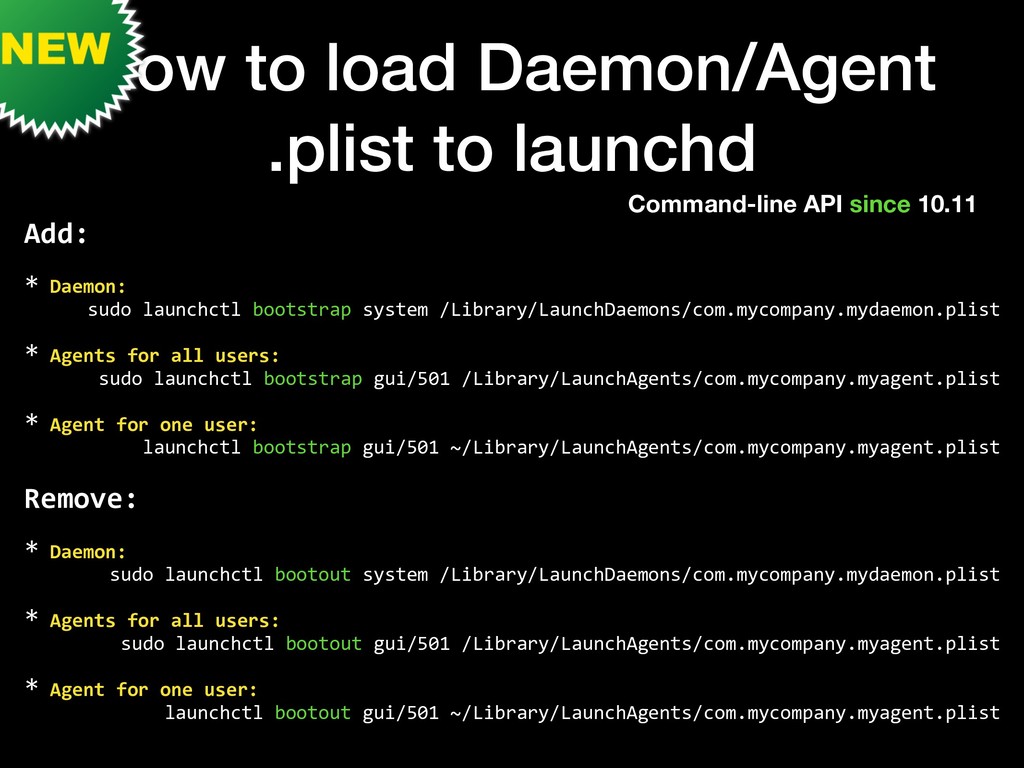

#Mac launchdaemons for gui app archive
Normally, the archive will be created new, overwriting an existing archive without warning. The archive will be placed in the same directory as the highlighted items. Otherwise, the name Archive.zip will be used. zip extension if a single file or directory was highlighted.

#Mac launchdaemons for gui app plus
The archive name will be the highlighted name plus the. That's it! Note, however, that this simplicity implies certain important rules: To create a zip archive, highlight one or more files and/or directories, then select "Archive" from the script menu in the menu bar. If you have not previously enabled the script menu in your menu bar, do that now by running the AppleScript Editor, select Preferences, and then check "Show Script menu in menu bar". Move the script application bundle to your Scripts folder. Please be aware that the script application bundle icon makes it look like a zip archive, but "Get Info" will show that it's actually an application named "Archive.app". It should automatically unzip and leave the script application bundle exposed. Instead, download the zipped script application bundle. If you did read this page in it's entirety and destroy an existing archive, it's still your own damn fault! Conversely, the built-in Compress feature is preferable to Archive if the intended recipient is a Mac user because that "clutter" is, in reality, valuable information.ĭisclaimer: If you destroy an existing archive because you didn't read this page in its entirety, it's your own damn fault. Normal files and directories, hidden or otherwise, are included in the zip archive.Īrchive is preferable to the built-in Compress context menu item when the zip archive's intended recipient is a non-Mac user because it removes "clutter" from the archive. statements as required, one for each environment variable.Īrchive is a script-application that creates a zip archive of one or more files and/or directories with all the Mac meta-data and Finder's hidden files left out. Launchctl setenv CATALINA_HOME "$HOME/Projects/apache-tomcat-8.0.24" Launchctl setenv ANT_HOME /usr/local/apache-ant-1.9.6 With the advent of launchd and user launch agents, setting multiple environment variables that are available to your GUI applications is as simple as creating this plist file ~/Library/LaunchAgents/ GUI Environment Variables on OS X and macOS


 0 kommentar(er)
0 kommentar(er)
